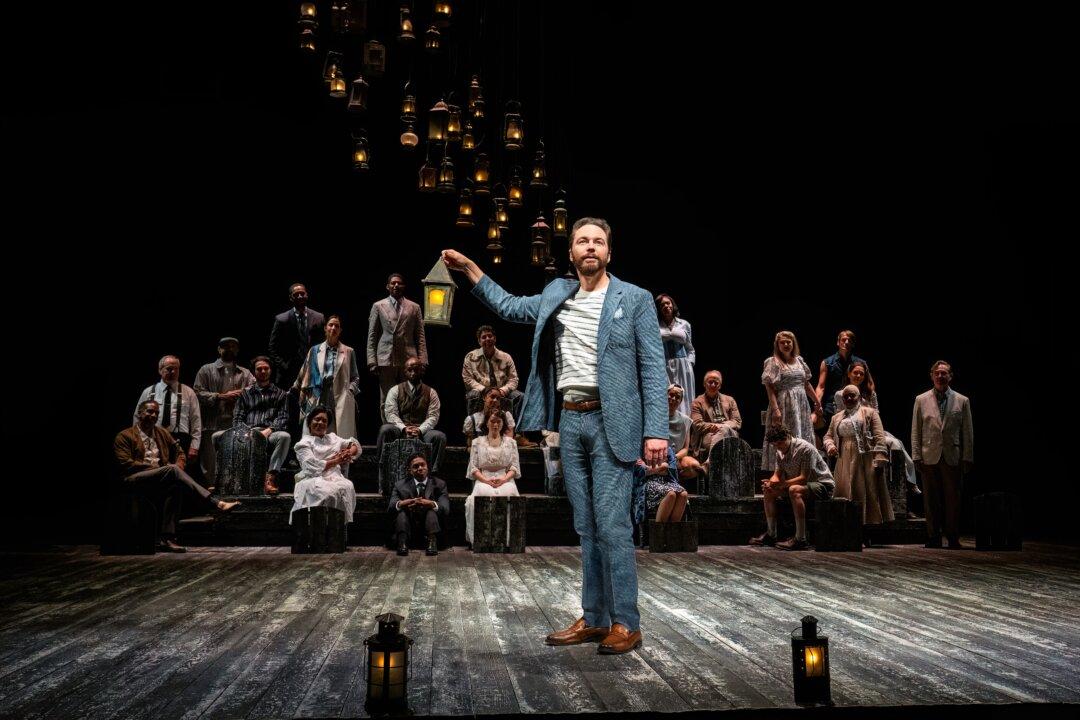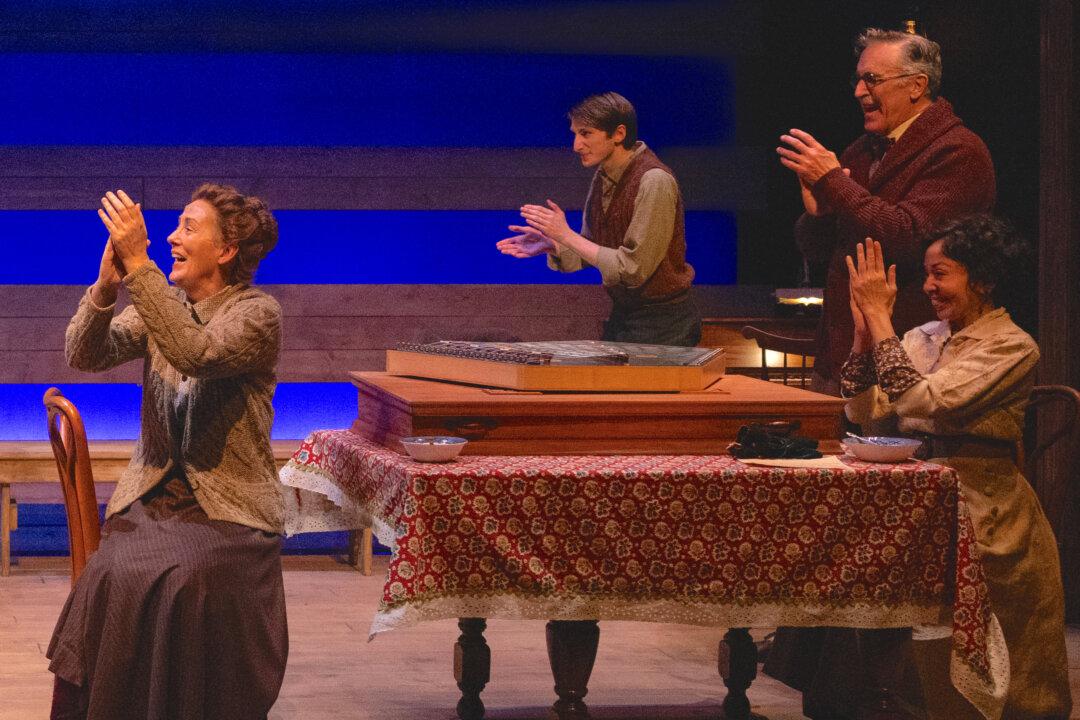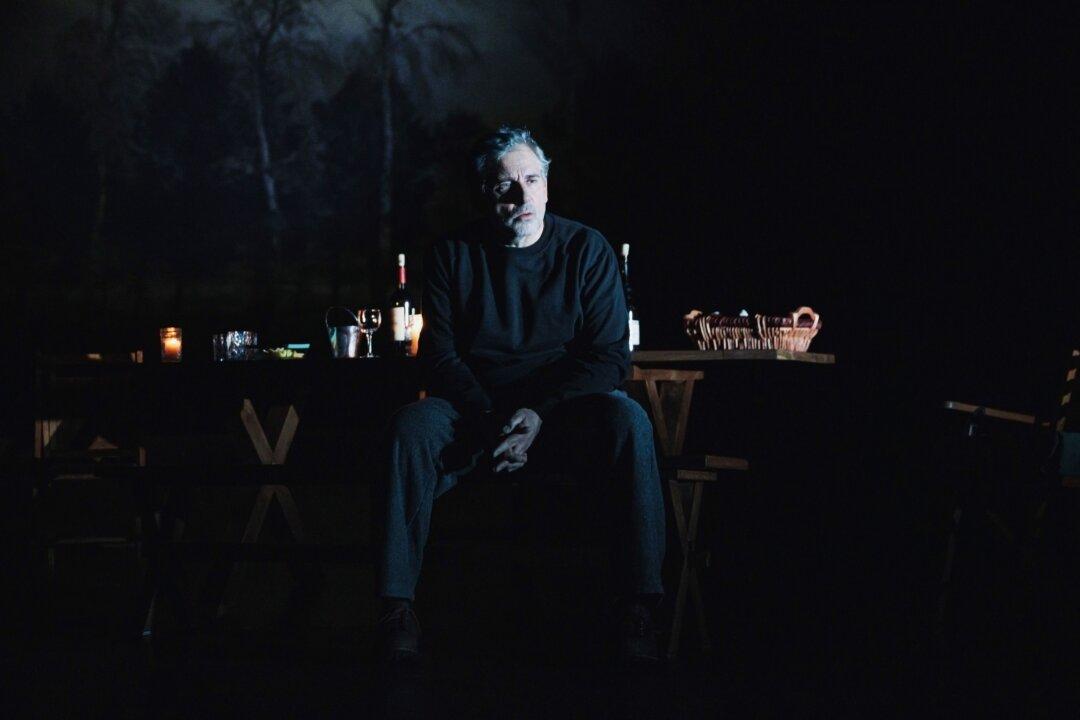NEW YORK—“The Girl Who Jumped...” can be read as a straightforward story of a young woman who tries to beat the odds and make it in Hollywood, or given the tenor of today’s times, it can be read as something much more important. Read on.
Taking as its inspiration the actual suicide of actress Peg Entwhistle who jumped off the Hollywood sign in 1932, playwright, actress, and singer Joanne Hartstone has fashioned the fictional tale of aspiring actress Evie Edwards, who follows her dream against overwhelming odds.
Growing up in a small town in Missouri during the Depression, Evie moves with her father to Hollywood, where he hopes to make a living. Evie, meanwhile, is enamored with her idols, who include Jean Harlow. Harlow died at age 26 of kidney failure, arguably caused by her use of toxic chemicals to preserve her position as the “platinum blonde” (almost white!)
Judy Garland was worked “like a horse,” being given pills to slow her down then speed her up. After a hospital stay for a nervous breakdown, she was immediately put to work to finish a film. The film world proved to be a brutal, demanding business.
All goes well with Evie until her father meets a vicious, tragic death. She is no longer under anyone’s protection. Now thrown on her own powers, she does the best she can. She finally gets a lowly messenger job at MGM, and entertains the troops at night in the famous Hollywood canteen.
After years of struggle, failing one audition after another, Evie meets an important Hollywood agent. He tells her: “You’re pretty, but not beautiful; you have a good voice, but not a great one.” In short, she is not special enough to “make it.”
We find her on the H of the Hollywood sign, recounting her tale. Her story is interspersed with her performance of some songs formerly sung by stars, such as “You Made Me Love You,” and “But Not For me.” Hartstone serves her acting and singing assignment very well in this, her personal creation.
Director Vince Fusco has Hartstone hopping on and off the H at appropriate moments. The imposing H is the contribution of designer Tom Kitney, who also created the lighting. Hartstone’s black dress serves both as a demure outfit as well as one that is readily converted to a more seductive version. Her little black handbag is a delicious vintage touch.
The subtext of this play is permeated with abuse against women, which mirrors the public outcry by women—women not only in the entertainment industry but many in professional sports and businesses—women crying out against abuse by men with power over their professional lives and their incomes.
Here art certainly mirrors life. I doubt that Hartstone realized that when she wrote the piece, but its timely production at the Theater for the New City, in New York City, has served an important purpose in an historical and social sense.





